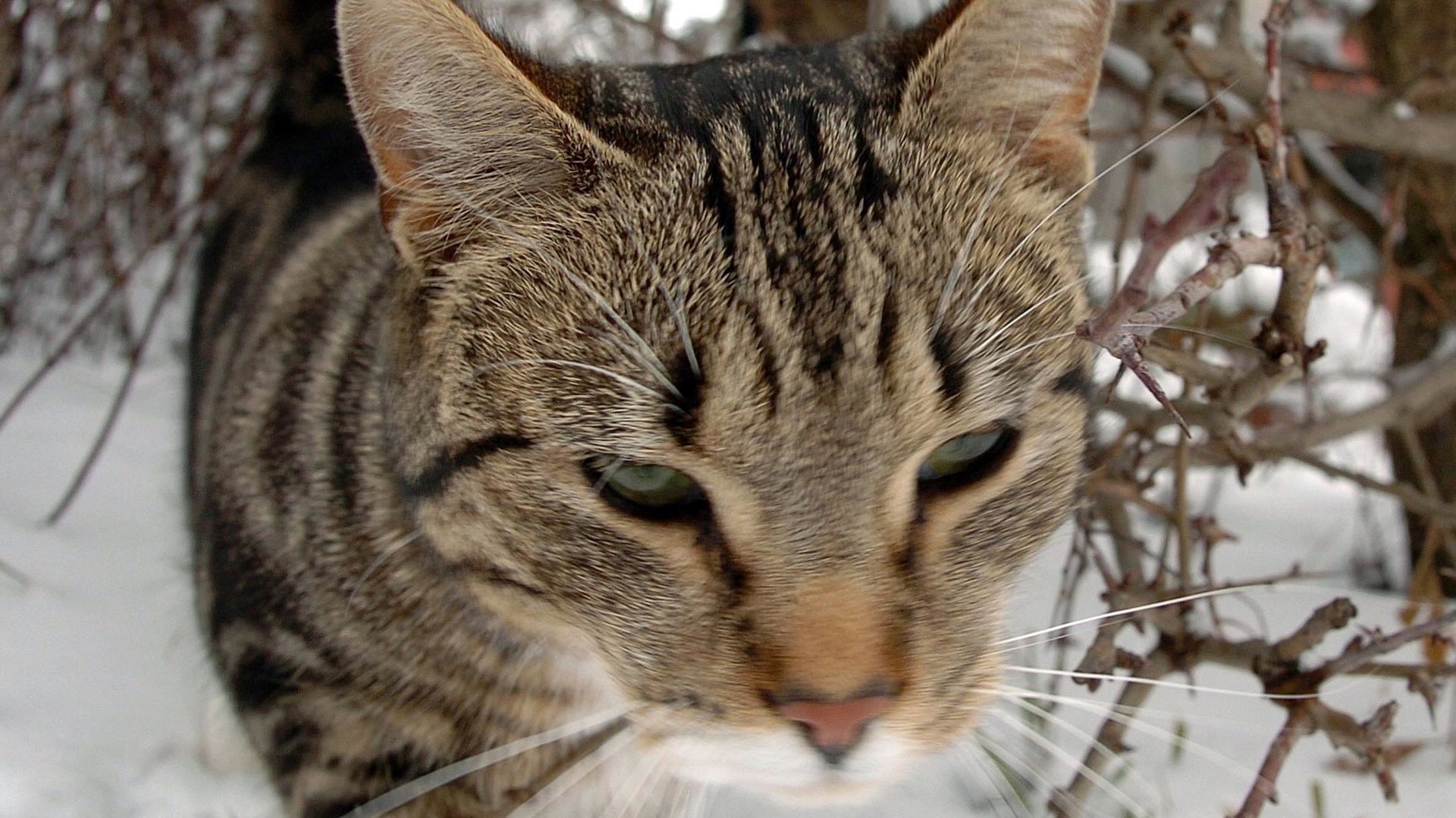While you read this headline, house cats will kill about 40 birds in Canada
Canadians have a reputation for being nice folks. But their cats are no nicer than anyone else’s.


Canadians have a reputation for being nice folks. But their cats are no nicer than anyone else’s.
A study by the Canadian government detailing the cause of avian deaths in that country has found that cats are the no. 1 killers of the nation’s birds. Cats, domestic and feral, slaughter an estimated 76 million to 416 million birds annually. That’s not necessarily a surprise—research in the US and other countries reached the same conclusion about cats and birds—but it’s the first time Canada has attempted to identify the causes of avian mortality.
“These estimates suggest that 2-7% of birds in southern Canada are killed by cats per year,” stated the researchers from the government agency Environment Canada. “Even at the low end, predation by house cats is probably the largest human-related source of bird mortality in Canada.”
There may be more than 4 billion birds in the Great White North but they’re no match for Canada’s 8.5 million pet cats and their feral cousins, whose numbers are estimated to range from 1.4 million to 4.2 million. While feral cats—house cats gone bad—may make up as little as 25% of Canada’s cat population, they’re responsible for an estimated 59% of bird deaths.
In contrast, most human activities and structures in Canada kill a fraction of the birds as people’s pets. The second biggest cause of bird deaths are transmission lines, killing an estimated 10.1 million to 41.2 million birds a year. Collisions with buildings are the third leading cause of avian mortality, responsible for 15.8 million to 30.5 million bird deaths annually. And 8.9 million to 18.7 million of our feathered friends meet their maker after colliding with cars.
And what about wind farms, which get a lot of press as super-sized bird blenders? In Canada, at least, wind turbines are estimated to be responsible for just 13,330 to 21,600 bird deaths.
Unfortunately for opponents of the Keystone XL pipeline, Environment Canada offered no estimates of bird losses from the extraction of tar sands in the boreal forests of Alberta. The agency did, however, project that 1,281 to 5,236 bird nests are destroyed annually as forests are felled for tar sands exploration. “The exact demographic impact of these potential losses remains uncertain,” said the researchers.